Dynamics 365 Security Best Practices: Data Protection Guide
Protect your business data with these top Dynamics 365 security best practices. Learn how to secure access, enforce compliance, and prevent data loss.

In today’s digital landscape, data is your most valuable asset—and also your most vulnerable. Whether you're using Microsoft Dynamics 365 for customer engagement, finance, or operations, securing your data must be a top priority. Microsoft offers a robust security framework, but it’s up to businesses to implement it correctly.
This guide outlines the best security practices in Dynamics 365 to help protect your data, comply with regulations, and build user trust.
1. Implement Role-Based Security
Dynamics 365 uses role-based security to control access to data and actions within the platform. Each user should only have the permissions necessary for their role.
2. Use Field-Level and Record-Level Security
Beyond role-based access, Dynamics 365 allows you to restrict access to specific fields or records. For example, salary information or sensitive customer data can be hidden based on the user’s role.
3. Enable Multi-Factor Authentication (MFA)
MFA is essential for securing user logins. Microsoft 365 (and by extension, Dynamics 365) allows easy integration with Azure Active Directory to enforce MFA policies.
4. Monitor Activity with Audit Logs
Enable auditing in Dynamics 365 to track changes to records, user activity, and logins. This data can help with compliance, troubleshooting, and detecting suspicious behavior.
5. Set Up Data Loss Prevention (DLP) Policies
Using Microsoft’s Power Platform admin center, you can enforce DLP policies to control which connectors (like email, Dropbox, or SharePoint) are allowed. This prevents sensitive data from being accidentally shared outside approved systems.
6. Encrypt Data at Rest and in Transit
Microsoft automatically encrypts all data in Dynamics 365 using Azure encryption protocols. However, businesses should ensure that SSL/TLS is enforced for any external integrations or custom APIs.
7. Perform Regular Security Reviews and Penetration Testing
Regularly test your Dynamics 365 environment for vulnerabilities. Microsoft offers tools like Microsoft Secure Score and Defender for Cloud Apps to assess your overall security posture.
8. Train Your Users
Even the most secure system can be compromised by human error. Provide training on:
-
Secure login practices
-
Phishing awareness
-
Data handling policies within Dynamics 365
Conclusion
Security in Dynamics 365 is a shared responsibility. While Microsoft provides a secure cloud infrastructure, it’s up to your organization to implement best practices, monitor access, and educate users.
By combining built-in security features with strategic governance, you can confidently protect your business data, maintain regulatory compliance, and earn customer trust.




























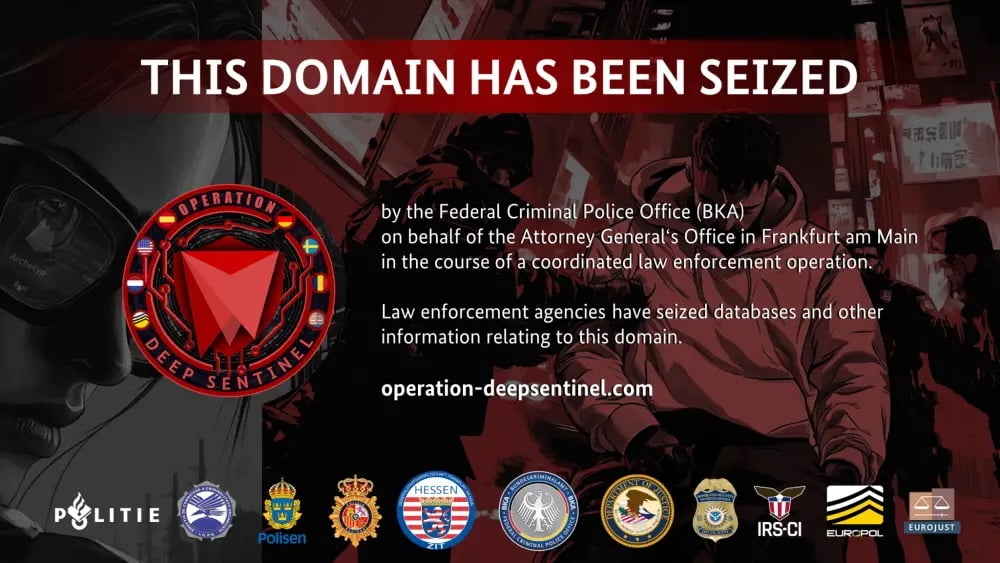






































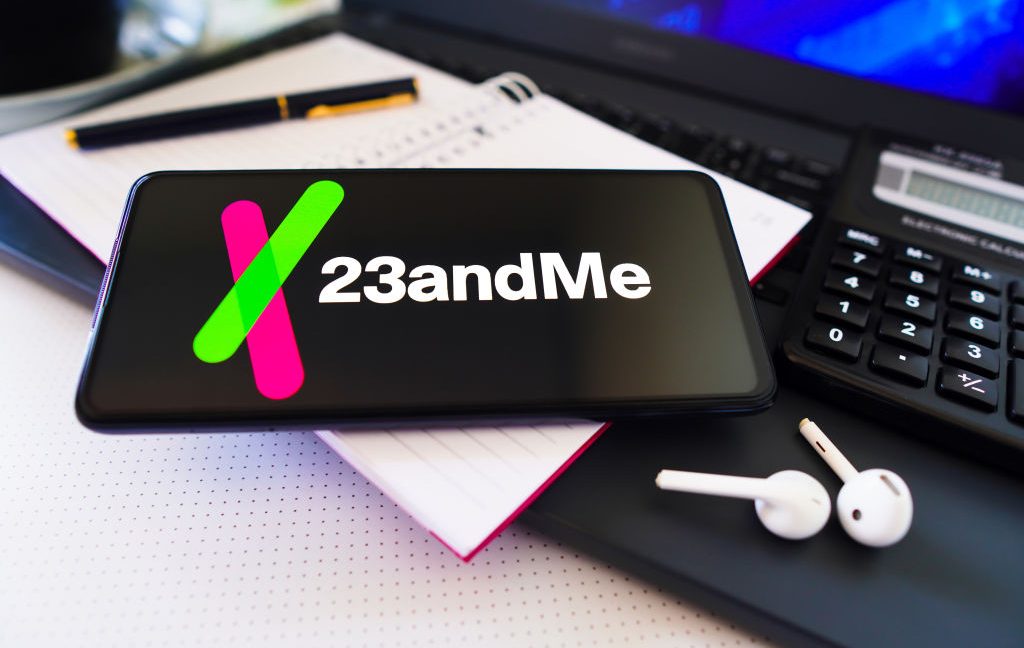





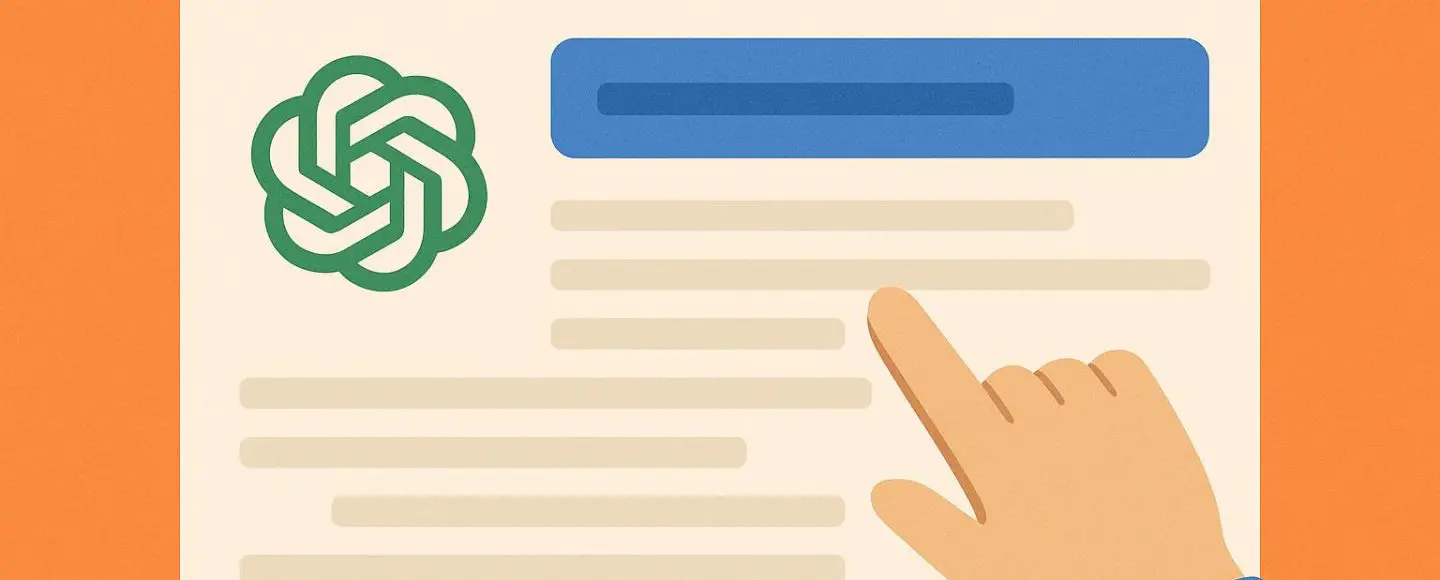



































































































![[The AI Show Episode 152]: ChatGPT Connectors, AI-Human Relationships, New AI Job Data, OpenAI Court-Ordered to Keep ChatGPT Logs & WPP’s Large Marketing Model](https://www.marketingaiinstitute.com/hubfs/ep%20152%20cover.png)



































































































































































































































































_Alexander-Yakimov_Alamy.jpg?width=1280&auto=webp&quality=80&disable=upscale#)
_Zoonar_GmbH_Alamy.jpg?width=1280&auto=webp&quality=80&disable=upscale#)
















































































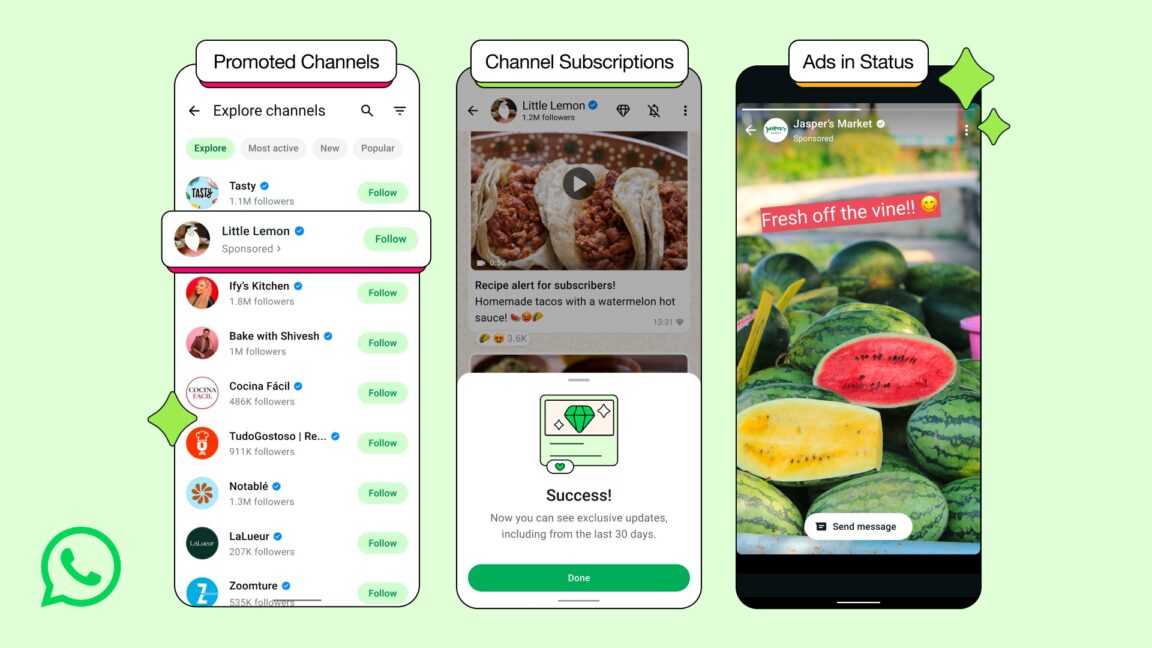






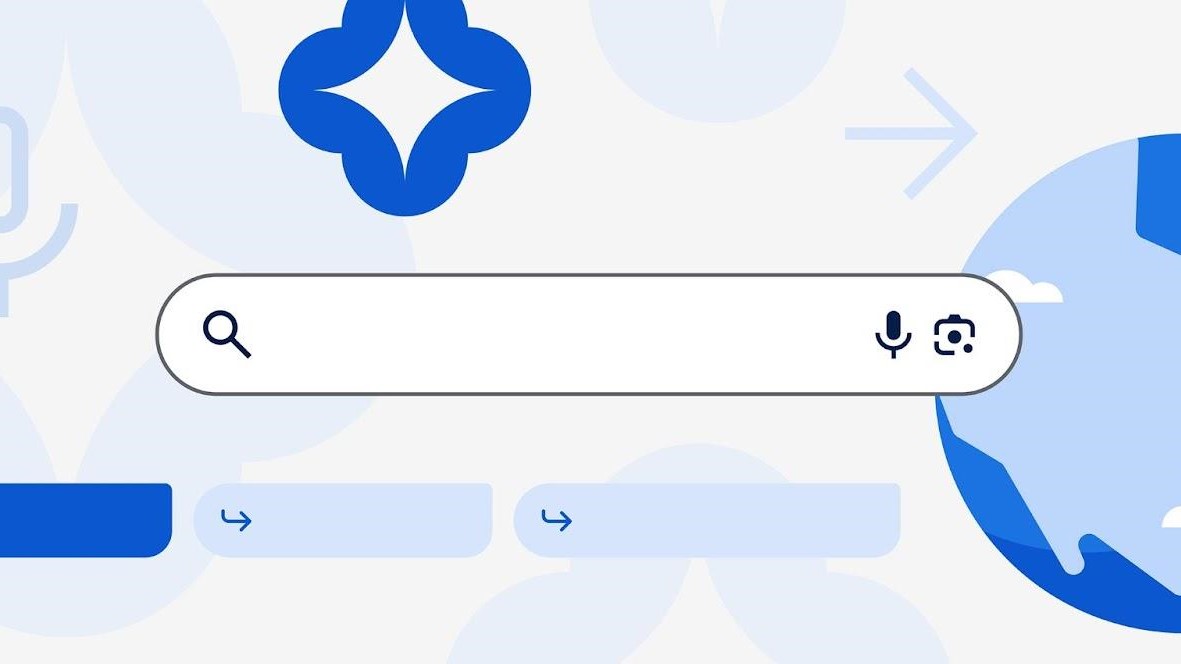
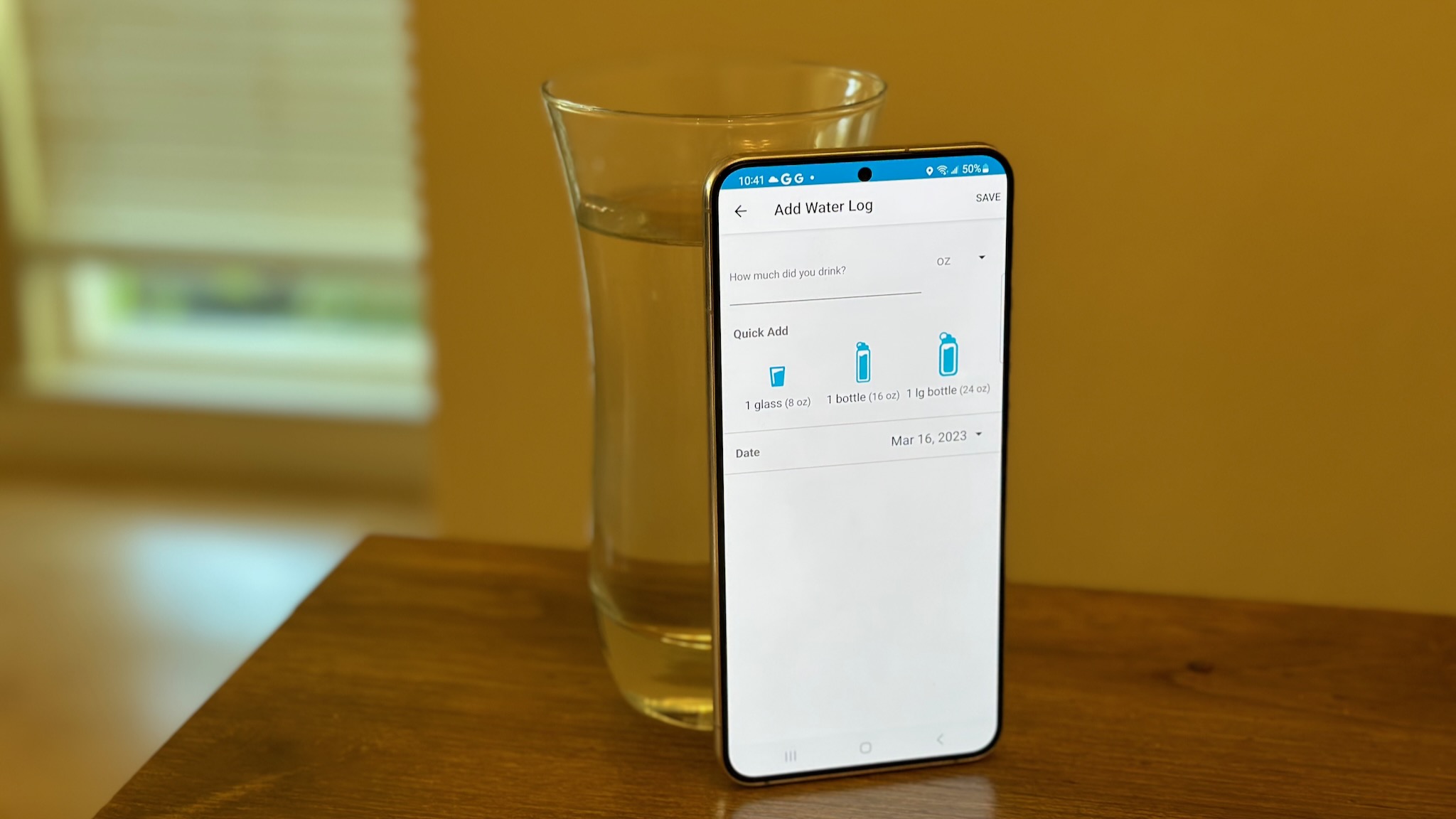























![AirPods Pro 3 Not Launching Until 2026 [Pu]](https://www.iclarified.com/images/news/97620/97620/97620-640.jpg)
![Apple Releases First Beta of iOS 18.6 and iPadOS 18.6 to Developers [Download]](https://www.iclarified.com/images/news/97626/97626/97626-640.jpg)
![Apple Seeds watchOS 11.6 Beta to Developers [Download]](https://www.iclarified.com/images/news/97627/97627/97627-640.jpg)
![Apple Seeds tvOS 18.6 Beta to Developers [Download]](https://www.iclarified.com/images/news/97628/97628/97628-640.jpg)






















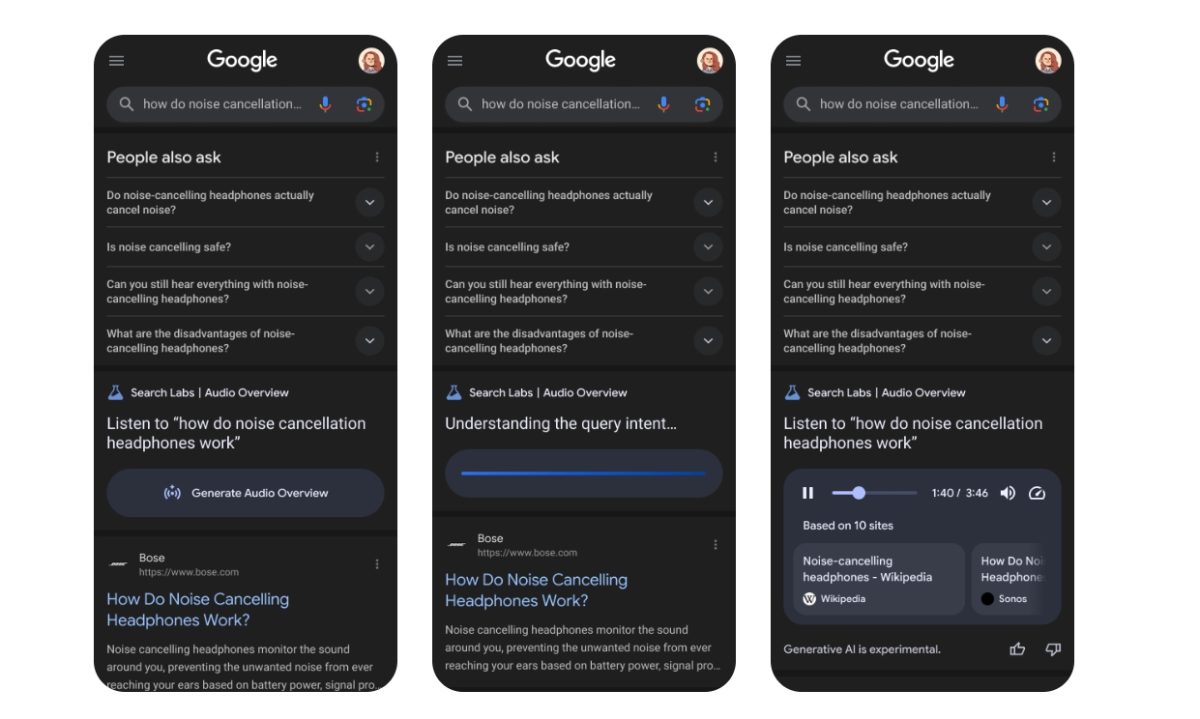


























![T-Mobile customers' address, number, and other info allegedly up for sale; company denies claim [UPDATED]](https://m-cdn.phonearena.com/images/article/171306-two/T-Mobile-customers-address-number-and-other-info-allegedly-up-for-sale-company-denies-claim-UPDATED.jpg?#)


















